Pressure Project 3 | Highland Soundscapes
Posted: April 20, 2025 Filed under: Uncategorized | Tags: Pressure Project 3 Leave a comment »Our prompt for pressure project 3 was to create an audio soundscape that reflects a cultural narrative that is meaningful to you. Since I am 75 percent Scottish, I choose to use the general narrative of Braveheart as an inspiration. My biggest challenge for this project was my motivation. Since I am concurrently taking Introduction to Immersive Audio, I have already done a project similar to this one just a few weeks ago. I struggled a bit with that project, so this one seemed a bit daunting and unexciting. I must admit, the biggest hurdle was just getting started.

I wanted to establish the setting of the Scottish countryside near the sea. I imagined the Cliffs of Moher, which are actually in Ireland, but the visual helped me to search and evaluate the many different wave sounds available. I used freesound.org for all of my various sound samples. In order to establish the “country side” of the soundscape, I found various animal noises. I primarily focused on “highland cow” and sheep. I found many different samples for these and eventually I got tired of listening to the many moos and trying to decide which sounded more Scottish. I still don’t know how to differentiate.
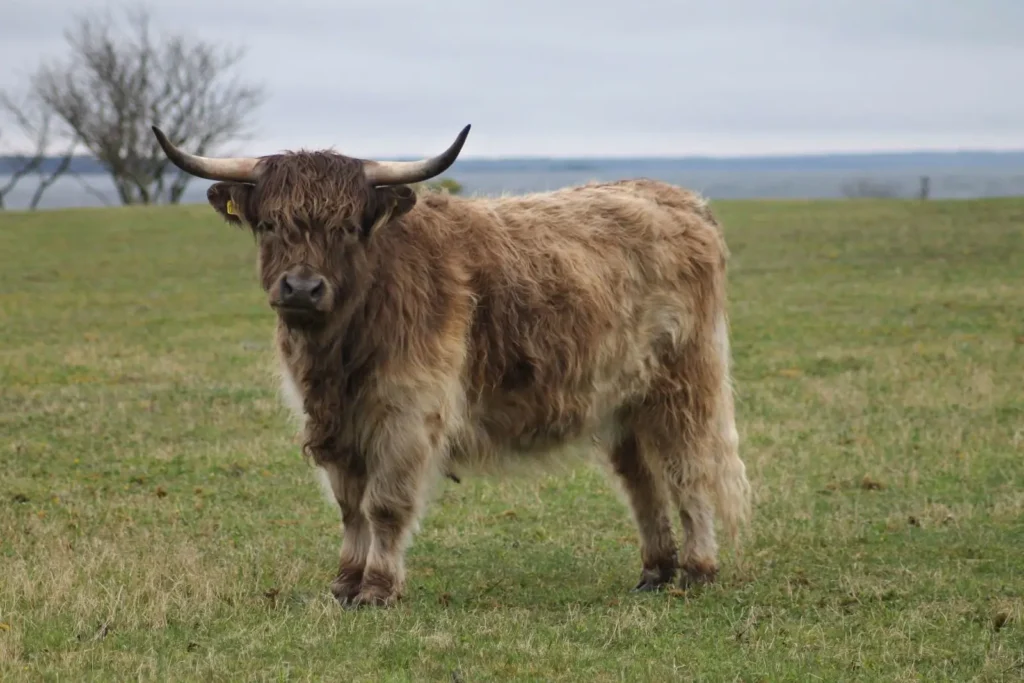
To put the various sounds together I used Reaper. This is the main program we have been using for my other class, so it seemed like the logical choice. I was able to lay a bunch of different tracks in easily and then shorten or lengthen them based on the narrative. Reaper is easy to use after you get the hang of it and it is free to use when “evaluating” which apparently most people do their entire lives. I enjoyed the ease of editing and fading in and out which is super simple in Reaper. Additionally, the ability to automate panning and volume levels allowed me to craft my sonic experience easily.

For the narrative portion, I began by playing the seaside cliffs with waves crashing. The sound of the wind and crashing waves set it apart from a tranquil beach. I gradually began fading in the sound of hoofs and sheep as if you were walking down a path in the highlands and a herd of cattle or sheep was passing by. The occasional “moo” helped to establish the pasture atmosphere I wanted to establish. The climax of the movie Braveheart is a large battle where the rival factions charge one another. For this, I found some sword battle sounds and groups of people yelling. After the loud intense battle, I gradually faded out the sounds of clashing swords and commotion to signify the end of the battle. To provide a resolution, I brought back in the sounds of the cattle and seaside, this was to signify that things more or less went “back to normal” or, life goes on.
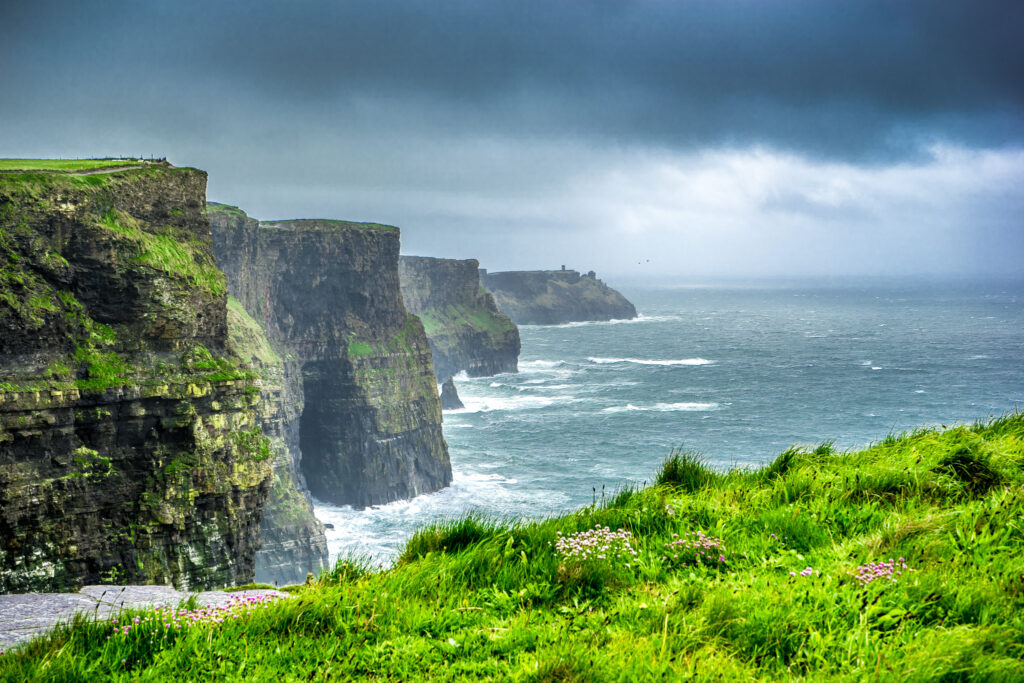
For the presentation portion, I decided to take an extension since my procrastination only lead me to have the samples roughly arranged in the session and the narrative portion wasn’t totally fleshed out. This was valuable not only because I was not fully prepared to present on day 1, but I was also able to hear some of the other soundscapes that helped me to better prepare and understand the assignment. While I am not proud that I needed an extension, I am glad I didn’t decide to present something that I didn’t give the proper amount of effort to. While, I don’t think it was my best work, I do think it was a valuable exercise in using time as a resource and how stories can sometimes take on a life of their own when a listener has limited visual and lingual information and must rely totally on the sounds to establish the scene and story. I felt the pressure of project 3 and I am glad I got the experience, but I’m also glad it’s over 🙂
Pressure Project 3: Soundscape of Band
Posted: April 9, 2025 Filed under: Uncategorized | Tags: Pressure Project 3 Leave a comment »For this pressure project, we were tasked with creating a two-minutes soundscape that represents part of our culture or heritage. I chose to center my project around my experience in band. My original plan had been to take recordings during rehearsals to create the soundscape. None of my recordings saved properly, so I had to get creative with where I sourced my sound.
Upon realizing I did not have any recordings from rehearsal, I had a moment of panic. Fortunately, some of our runs from rehearsal are recorded and uploaded to Carmen Canvas so we can practice the music for the upcoming Spring Game show. I also managed to scrounge up some old rehearsal recordings from high school and a recorded playing test for University Band. I had also done a similar project for my Soundscapes of Ohio class last year, and still had many of my sound samples from that (the first and likely last time my inability to delete old files comes in handy).
Then I had the idea to use videos from the Band Dance, meaning I had to scour my camera roll and Instagram so I could screen record posts and convert them to mp3 files. This process worked quite well, but it was no small task sorting through Instagram without getting distracted. It was also a challenge to not panic about having no recordings, but once I found this new solution, I had a lot of fun putting it together.
I spent about the first hour finding and converting video files into audio files and putting them into GarageBand. I made sure everything was labeled in a way that I would be able to immediately understand. I then made a list of all the audio files I had at my disposal.
The next 45 minutes were used to plan out the project, since I knew going straight to GarageBand would get frustrating quickly. I listened to each recording and wrote out what I heard, which was helpful when it came to putting pieces together. I also started to clip longer files into just the parts I needed. I made an outline so I knew which recordings I wanted to use. It was a struggle to limit it to just what would fit into two minutes, but it was helpful going in with a plan, even if I had to cut it down.
During the next 45-minute block, I started creating the soundscape. I already had most of the clips I needed, so this time was spent cutting down to the exact moment I needed everything to start and stop, and figure out how to layer sounds to create the desired effect. About halfway through this process, I listened to what I had and was close to the two-minute mark. I did not have everything I wanted, so I cut down the first clip and cut another. I did a quick revision on my outline now that I had a better understanding of my timing.
The last half hour was dedicated to automation! I added fade ins and outs in the places I felt were most necessary for transition moments. I wanted to prioritize the most necessary edits first to ensure I had a good, effective, and cohesive soundscape. I had plenty of time left, so I went through to do some fine tuning, particularly to emphasize parts of the sound clips that were quieter but needed to have more impact.
I wanted my soundscape to reflect my experience. As such, I started with a recording from high school of my trio rehearsing before our small ensemble competition. This moment was about creating beautiful music. It fades into the sound from my recorded playing test for University Band last year, where I was also focused on producing a good sound.
There is an abrupt transition from this into Buckeye Swag, which I chose to represent my first moment in the Athletic Band, a vastly different experience from any previous band experience I had. The rest of the piece features sounds from sports events, rehearsals, and the band dance, and it includes music we have made, inside jokes and bits, and our accomplishments.
I wanted to include audio from the announcers at the Stadium Series game because that was a big moment for me as a performer. I marched Script on Ice in front of more than 94,000 people in the ‘Shoe, performing for the same crowd as twenty one pilots (insane!). My intent with that portion was to make it feel overwhelming. I cut the announcement into clips with the quotes I wanted and layered them together to overlap slightly, with the crowd cheering in the background. I wanted it to feel convoluted and jumbled, like a fever dream almost.
In creating this project, I came to realize what being in band really means to me. It is about community, almost more so than making music. Alex pointed this out during the discussion based on how the piece progresses, and I was hoping it would read like that. At first, it was about learning to read and make music. When I got to high school, I realized that no matter where I went, if I was in band, I had my people. So over time, band became about having a community, and it became a big part of who I am, so I wanted to explore that through this project.
Aside from personal reflection, I wanted to share the band experience. My piece represents the duality of being in concert and pep band, both of which I love. There is a very clear change from concert music to hype music, and the change is loud and stark to imitate how I felt going to my fist rehearsal and first sporting events with the band. By the end, we are playing a high energy song while yelling “STICK!” at a hockey game, completely in our element.
Pressure Project 3: Puzzle Box
Posted: April 2, 2024 Filed under: Uncategorized | Tags: Isadora, Pressure Project, Pressure Project 3 Leave a comment »Well uh the thing is is that the project didn’t work. The idea was for a box to have a puzzle entirely solvable without any outside information. Anyone with any background can have a fair chance at solving the puzzle. So, because I am not a puzzle making extraordinaire, I had to take inspiration from elsewhere. It just so happens that a puzzle with just those requirements was gifted to me as a gift from my Grandpa. It is called a Caesar’s Codex. The puzzle works by presenting the user with a four rows of symbols that can slide up and down then right next to it is a single column of symbols. Then on the back is a grid full of very similar symbols to the ones with the four rows. Finally, their are symbols on the four sides that are similar to the ones on the column next to the four rows.
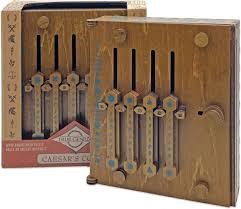
Now the challenge is to get this fully mechanical system to interact with the user interface created in Isadora. The solution was to use a Makey Makey kit. So the wat the user moves the pieces to solve the puzzle needed to change, but the hints to solve the puzzle needed to stay the same. The mechanical puzzle requires flipping the box over constantly to find the right symbol on the grid and then flip it over again to move the row to the right position. I opted to just have the grid portion be set up to directly solve the puzzle.
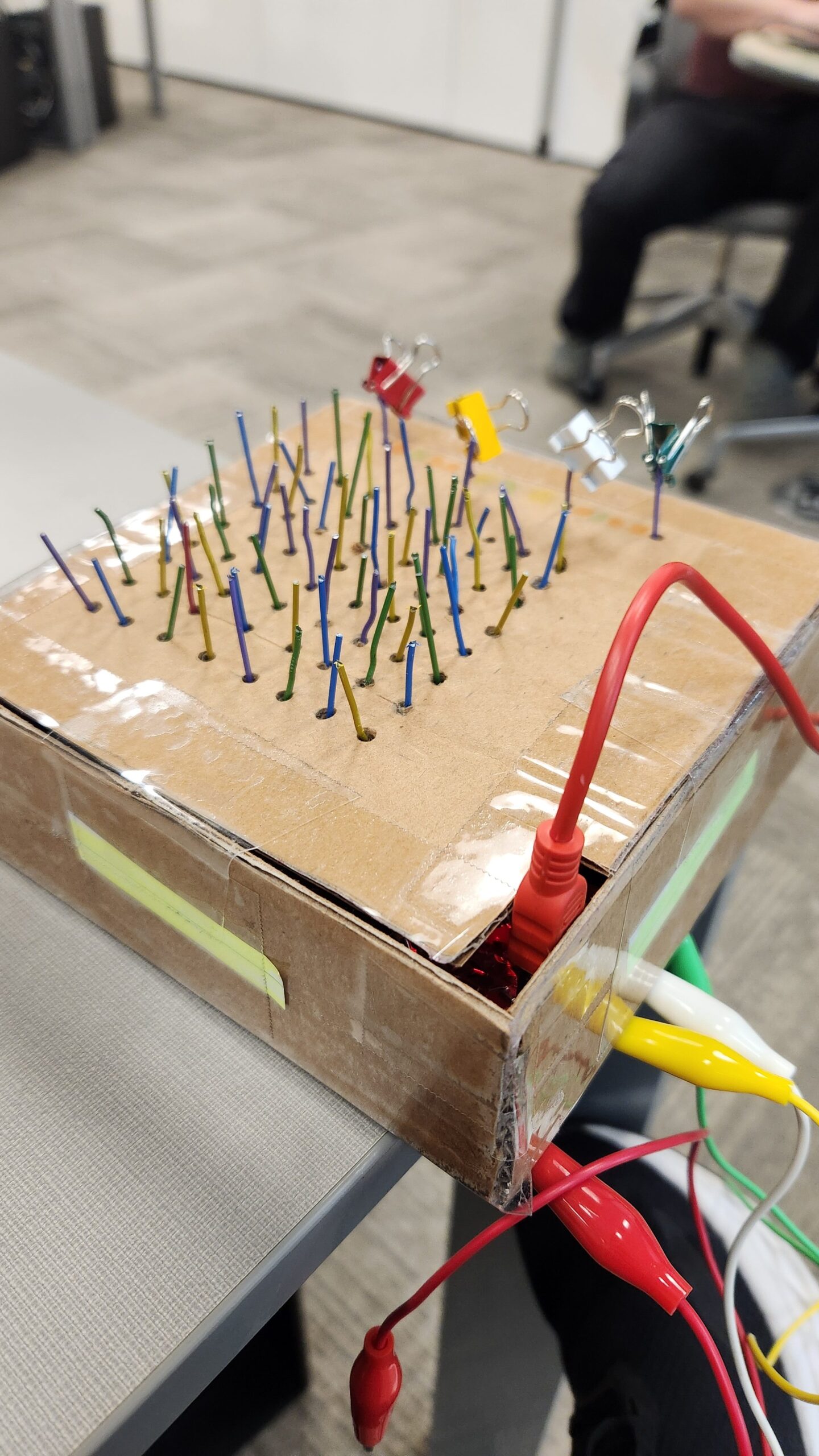
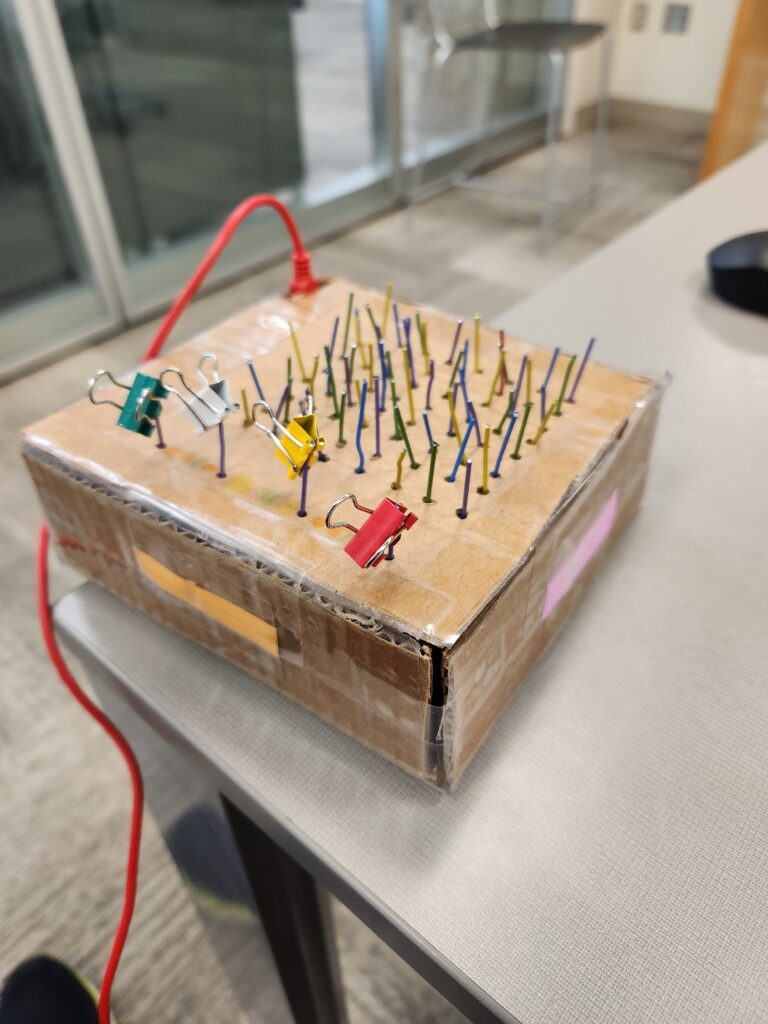
The paperclips are aligned in a grid like pattern for the users to follow. There is one unique paperclip color to indicate the start. The binder clips are used to indicate when an alligator clip needs to be attached to the paperclip. When the alligator clip is attached to the right paper clip, the screen shown on Isadora will change. Unfortunately, I never tested whether or not the paperclips were conductive enough. I assumed they would, but the coating on the paper clips was resistive enough to not allow a current to flow through them. So, lesson learned, always test everything before it is too late to make any changes, or you make your entire design based on it.
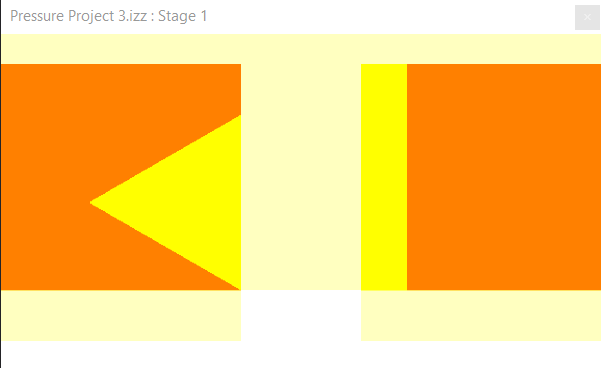
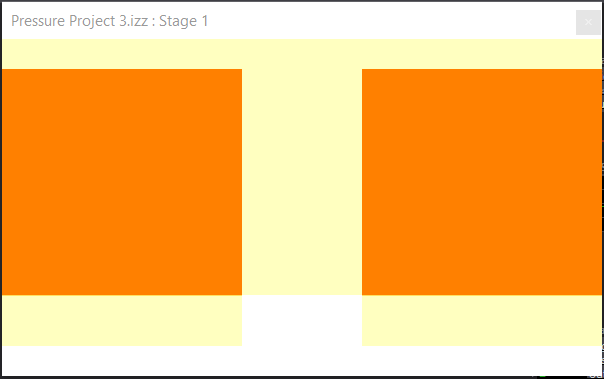
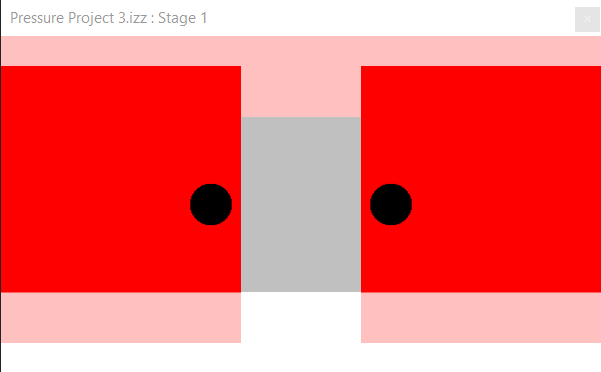
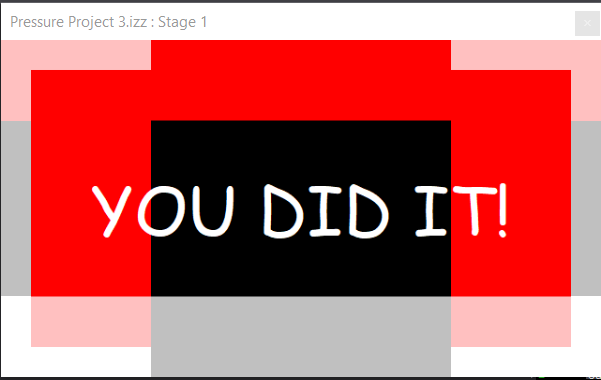
Pressure Project 3–Allison Smith
Posted: March 3, 2022 Filed under: Uncategorized | Tags: Pressure Project 3 Leave a comment »For our third pressure project, we were asked to share a story of importance to us and relevant to our cultural heritage, and to share this story primarily through audio. Additional goals were to tell someone a new story, to make someone laugh, and to make the experience interactive. Alex gave us the freedom to define cultural heritage for ourselves; we all grow up in a specific culture…whatever that may mean to us. I decided to focus on my family’s culture growing up, because I believe that is something that particularly shaped me into the way I am today. I also chose to look up the definition of heritage, as I find definitions very helpful to me. Here’s one definition that stood out to me:
Something transmitted by or acquired by a predecessor
I brainstormed passions that I have that were heavily influenced by my family environment, and the biggest one that stood out to me was art. In my family, there were also several mediums used to engage in art, and I wanted to give the participants that variety in my story telling, so I chose three art mediums that I felt were influenced by my family’s interests. Within that, I discerned what we were specifically passionate about within each medium. As you can see in my notes, I chose Musical theatre because of its immersion in a new world, movies because of the creative processes of facilitating deeper meanings, and music because of how its dynamics could be played with for expression.
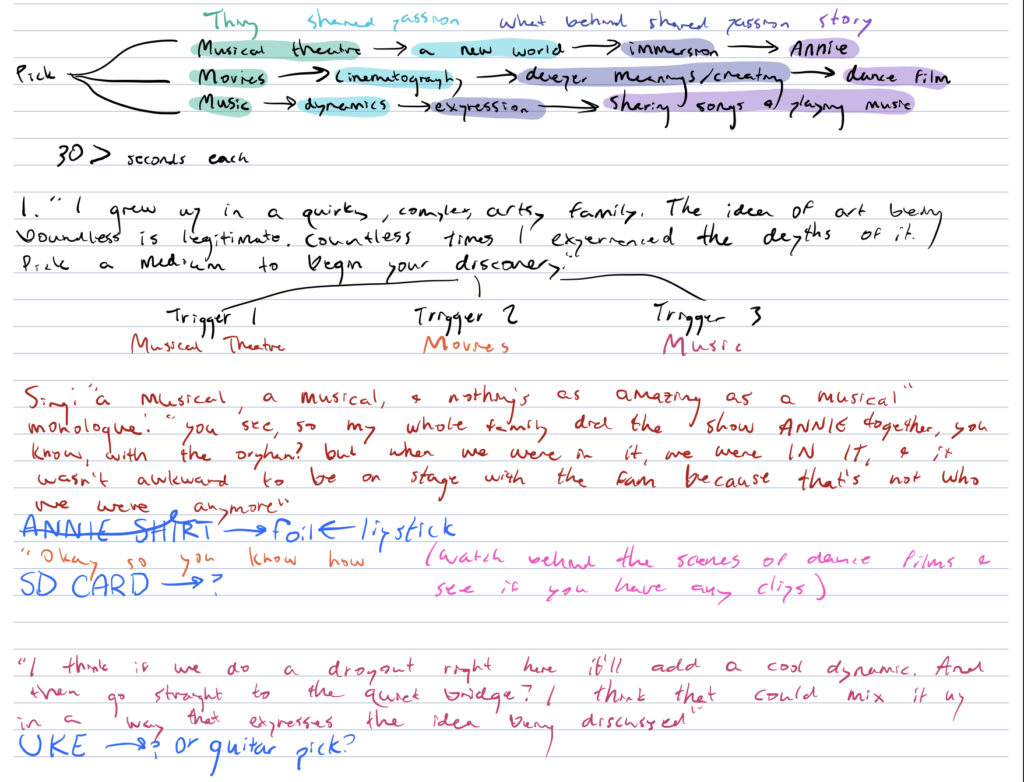
One of the overall threads I have seen in art is its deeper meaning and space for interpretation. So, in my different approaches of sharing my stories, I didn’t want to clearly communicate the specific passions of each art medium. I chose to imply what I appreciated through the way it was communicated. These are the sound samples I used for each short story:
Then, I added an intro and transition. Focused on the theme of art, I made the intro a bit more poetic sounding, and the transition was focused on discovery:
Finally, I wanted to make this interactive. In order to explore each medium, I provided a small object that represented it for me, and used those as triggers by connecting them through the MakeyMakey. I used a guitar pick for music, and SD card for film, and lipstick for musical theatre. My peers explained that having this textural connection to the audio helped them connect more to the audio and immersed them more in each of the stories.
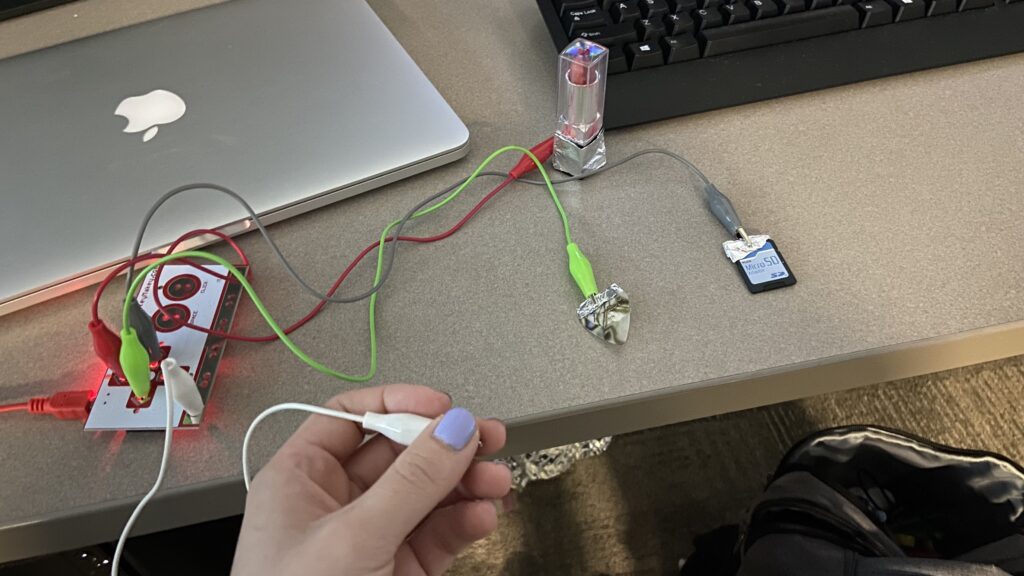
In Isadora, I had the intro play with my cue, then opening the gate to let people play around with the different objects. Using the keyboard watcher, each object triggered the sound, and then when the loop ended, it went into the counter. When the counter was between 1 and 2, it triggered the transition audio, and then after all of the audios had been listening, putting a 3 into the counter, there was no longer a transition audio cued.

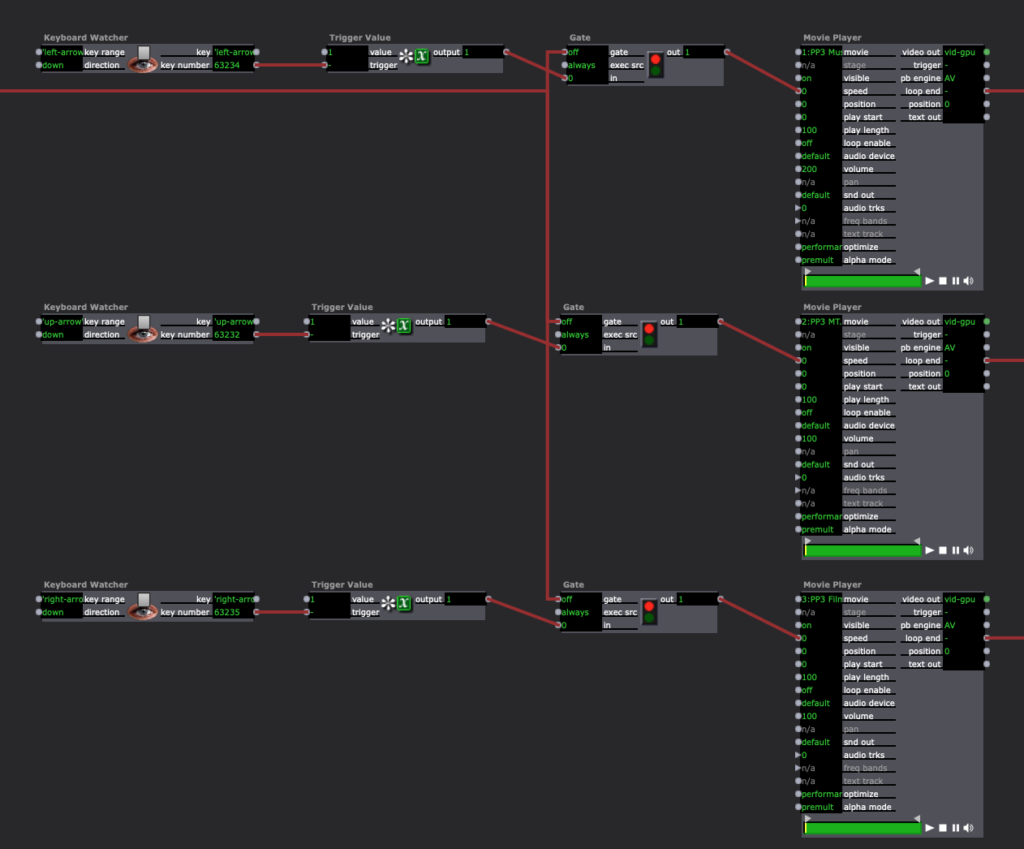
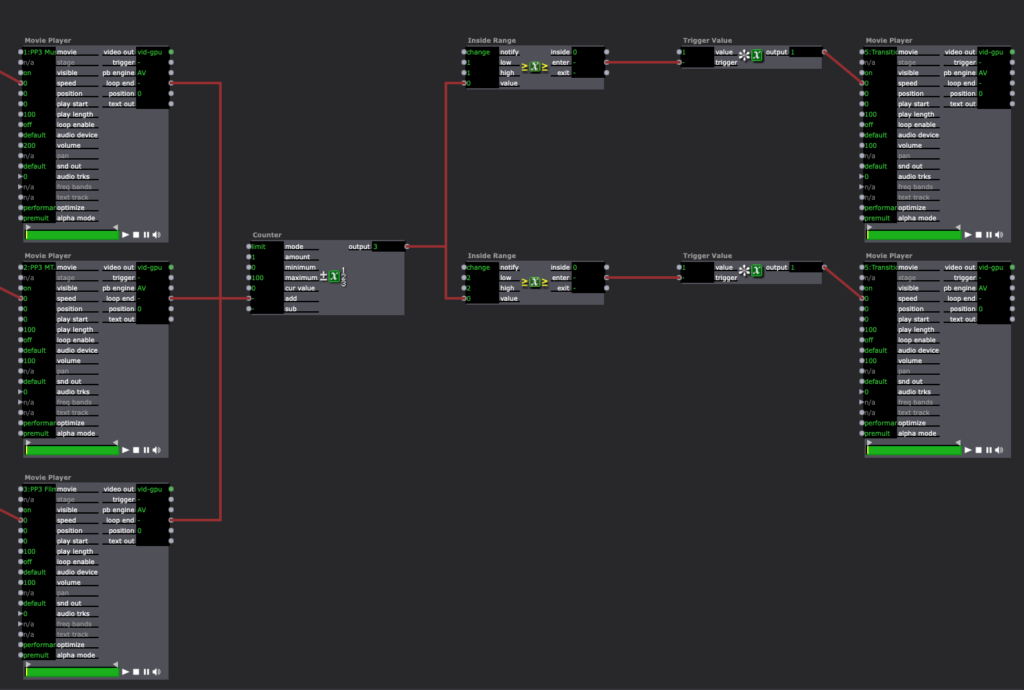
I originally wasn’t very excited about this pressure project, as I prefer to have more longevity in my projects, and this one was meant to be shorter, and I also am not a huge fan of more light-hearted, comedic projects. That being said, I was pleasantly surprised by the enjoyment I got from creating this and seeing it play out with my peers. I’ve attached a video of the full experience.